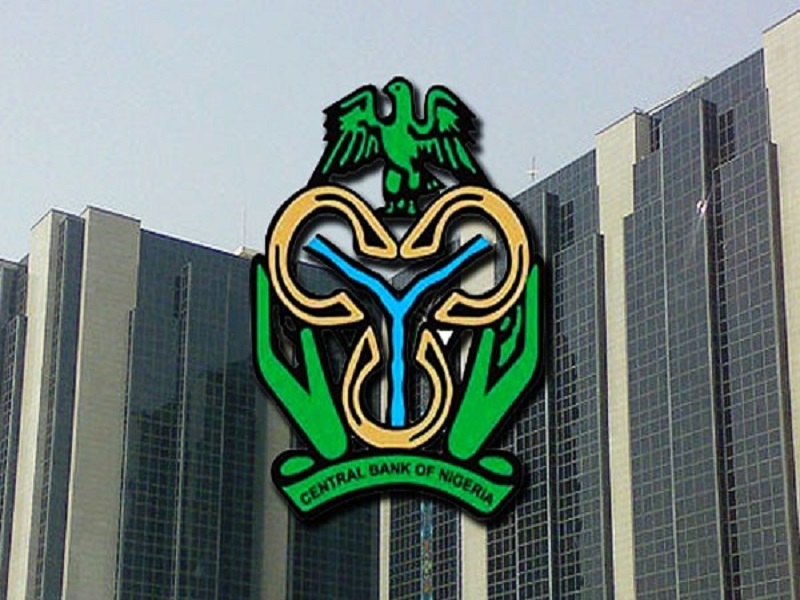In a post on July 1, Musk outlined the temporary restrictions, stating that verified accounts will be limited to 10,000 posts per day, while unverified and new unverified accounts will be capped at 1,000 and 500 posts per day, respectively.
Again, people who do not have Twitter accounts can no longer read tweets. If one attempts to read a tweet, the system will require a sign in, and until one signs in with their own account, you will not be able to read any tweets.
Over the past few days, Twitter users have reported various issues on the platform, including difficulties in accessing tweets, missing timelines, and encountering “rate limit exceeded” messages. These problems led to the trending hashtags #TwitterDown and #TwitterFail in certain regions.

Real-time outage monitoring website Downdetector has received numerous user-submitted reports of Twitter outages in the past 24 hours. The most affected regions appear to be France, the United Kingdom, Germany, and the East and West Coasts of the United States, according to Is The Service Down.

While Musk did not provide specific details about the cause of the data scraping or the nature of the system manipulation, he mentioned that the excessive “pillaging” of Twitter’s data was negatively impacting the platform’s service quality for users.
Some speculation suggests that the extensive data scraping could be attributed to web-browsing-enabled AI chatbots, such as OpenAI’s GPT-4.
According to Twitter’s developer documentation, rate limits are imposed to manage the volume of requests made to Twitter’s application program interface (API). These limits ensure a reliable and scalable API for the developer community.
In a tweet on July 2, Jack Dorsey, co-founder and former CEO of Twitter, defended the recent measures, acknowledging the challenges of running the platform and suggesting that the decision was made in the best interest of the platform as a whole. He also expressed his desire to see Twitter transition to a “truly censorship-resistant open protocol” like Bitcoin and Nostr.
Meanwhile, the decision is also said to be posing challenges for the new Twitter CEO, Linda Yaccarino and her drive to woo advertisers back to the Twitter platform.
Lots of advertisers checked out of Twitter after Musk took over as CEO, but since Yaccarino’s arrival, she has been working to bring them back because she has had a personal relationship with them from her previous job.
This new policy by Musk is however posing a threat to that drive because reducing the eyeballs on Twitter means advertisers will also not get the number of eyeballs they expect.






























































